Image of the Day: December 2011
Image of the Day Archives

For older Image of the Day pictures, please visit the Image of the Day archives. Pictured: NGC 2467.
No Unsightly Bulges
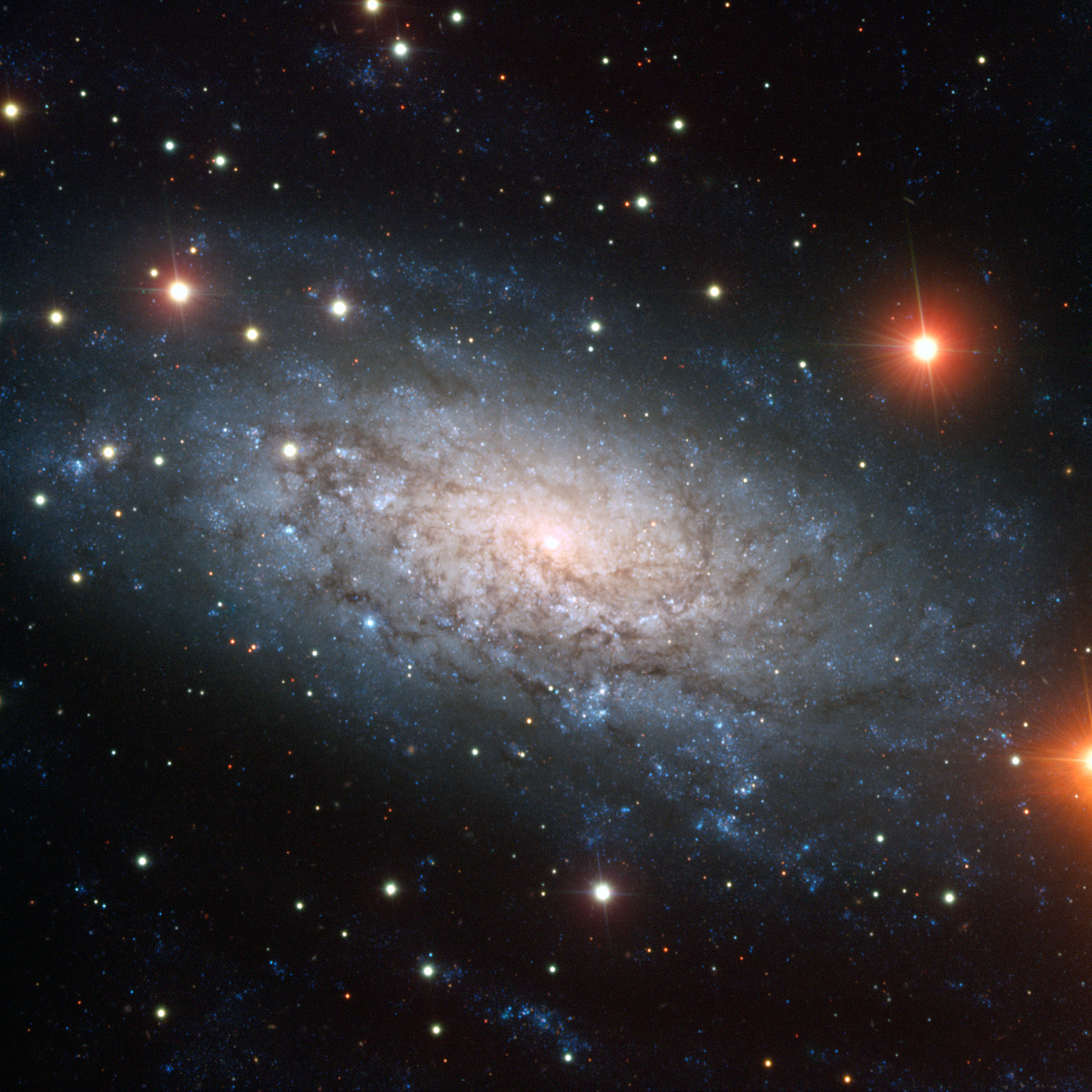
Thursday, December 1, 2011: Galaxy NGC 3621 seems to possess a system of three black holes in its central region, yet has no central bulge. Most spiral galaxies have a central bulge, a large group of old stars packed in a compact, spheroidal region.
— Tom Chao
Ahead
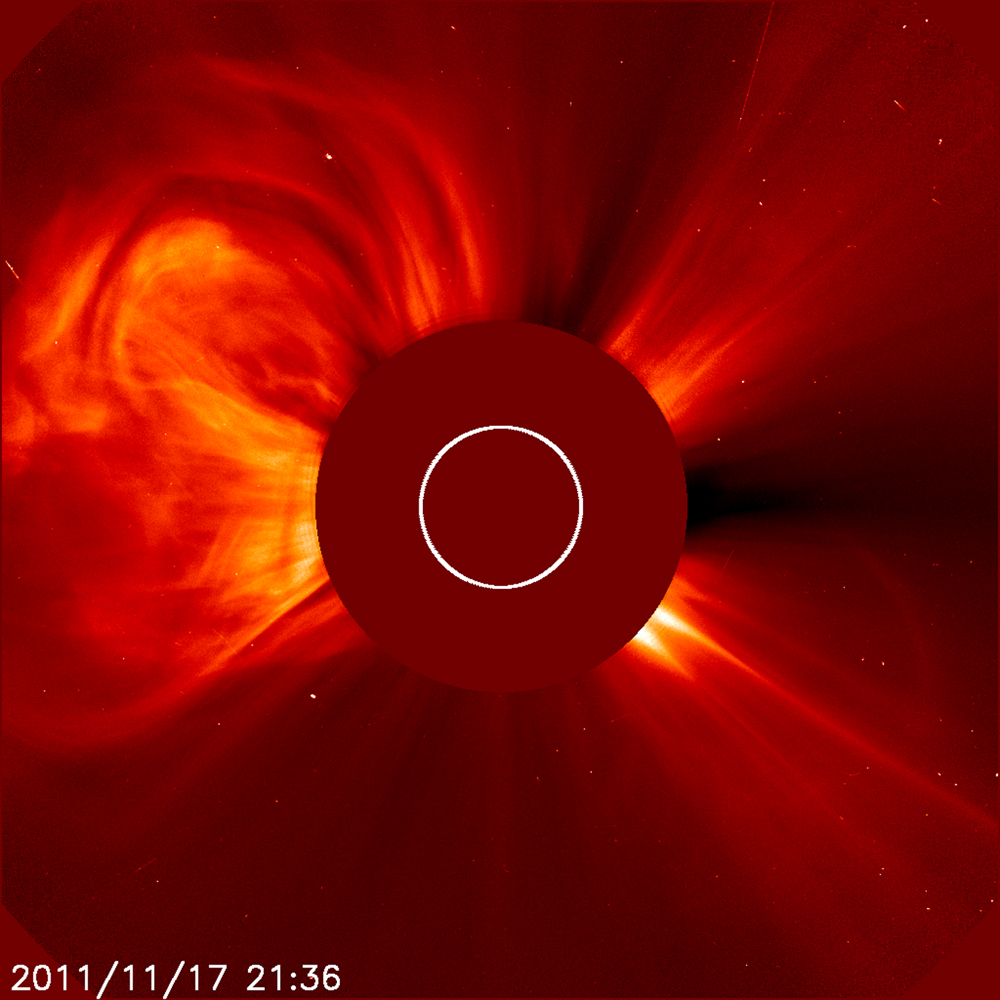
Friday, December 2, 2011: Two large coronal mass ejections (CMEs) occurred during November 12-14, 2011, as observed by STEREO Ahead spacecraft's coronagraph. A halo CME event took place first, during which the leading edge of the particle cloud expanded in an arc around the sun. The cloud headed right towards the Ahead spacecraft. In the second, larger event the bright cloud headed out into space and away from Earth. The coronagraph's black disk blocks out the sun, represented by the white circle, to observe faint features in the corona.
— Tom Chao
Bright Lights, Big Cygnus X
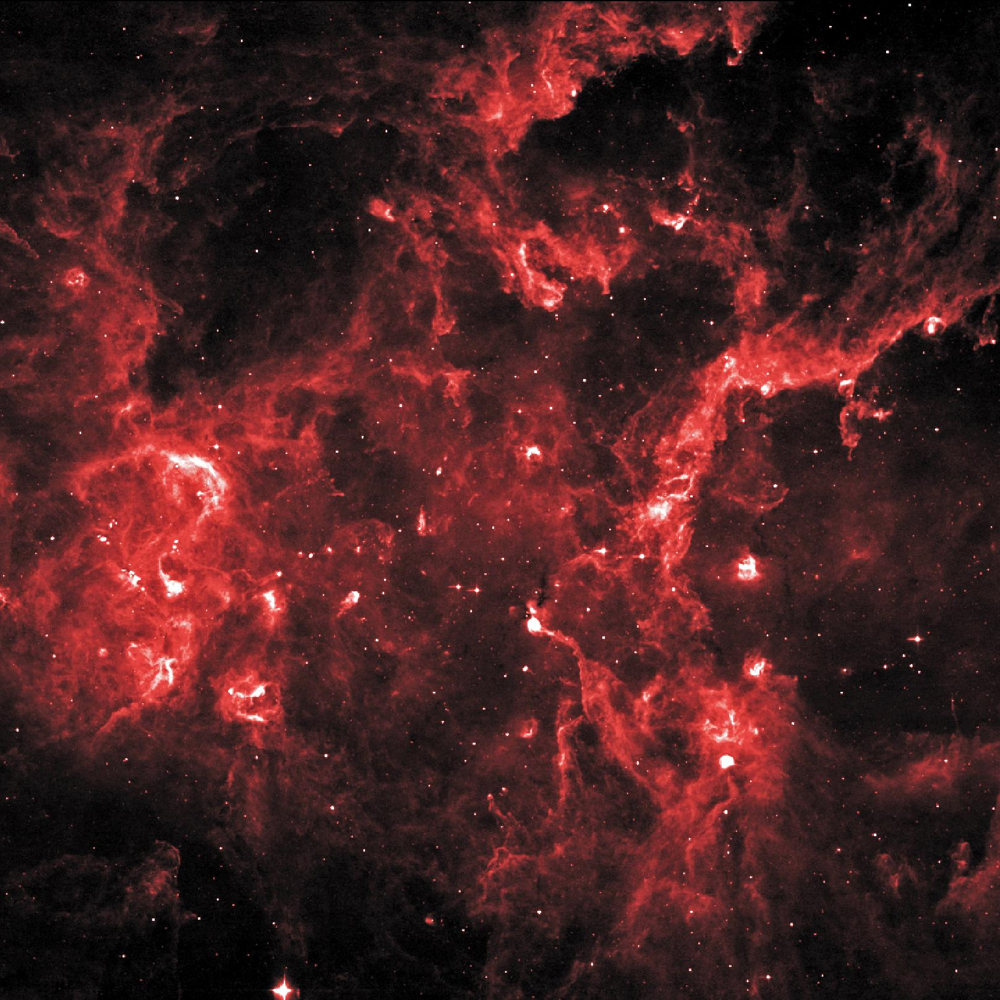
Monday, December 5, 2011: Cygnus X plays host to many young stellar groupings. Combined outflows and ultraviolet radiation from the numerous massive stars in the region heat and push gas away from the clusters, producing cavities of hot, lower-density gas. In this infrared image, ridges of denser gas mark the the cavities. Bright spots within these ridges show where stars form today.
— Tom Chao
Down to the Sea in Orion Flight Test Capsule
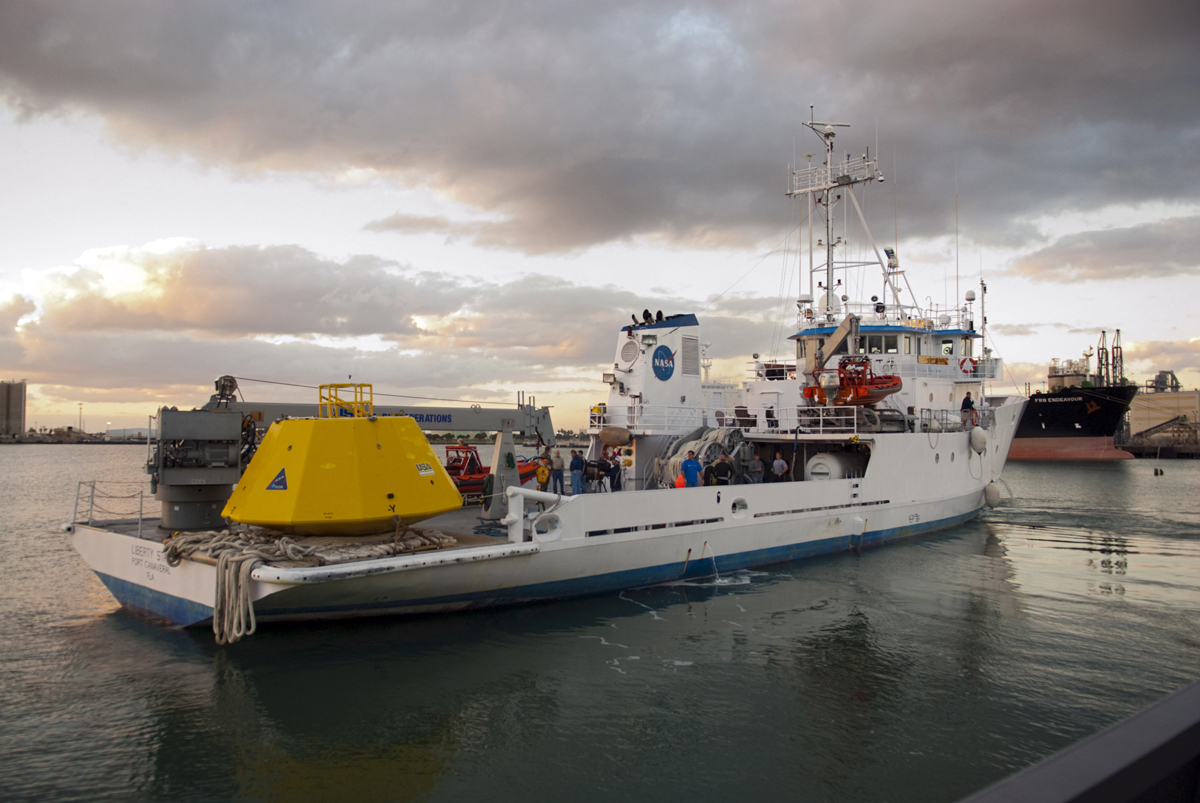
Tuesday, December 6, 2011: An Orion flight test capsule rides aboard NASA's Liberty Star ship as it departs Port Canaveral in Florida. The Crew Module Recovery Attach Fitting Test (CRAFT) began at-sea operations Nov. 29, in which multiple attach clips are being evaluated against the current recovery cleat configuration. The tests will help develop equipment with the potential to recover an uncrewed Orion flight test capsule after splashdown. The Orion Multi-Purpose Crew Vehicle is NASA's next-generation spacecraft for deep space missions.
— Tom Chao
Curves
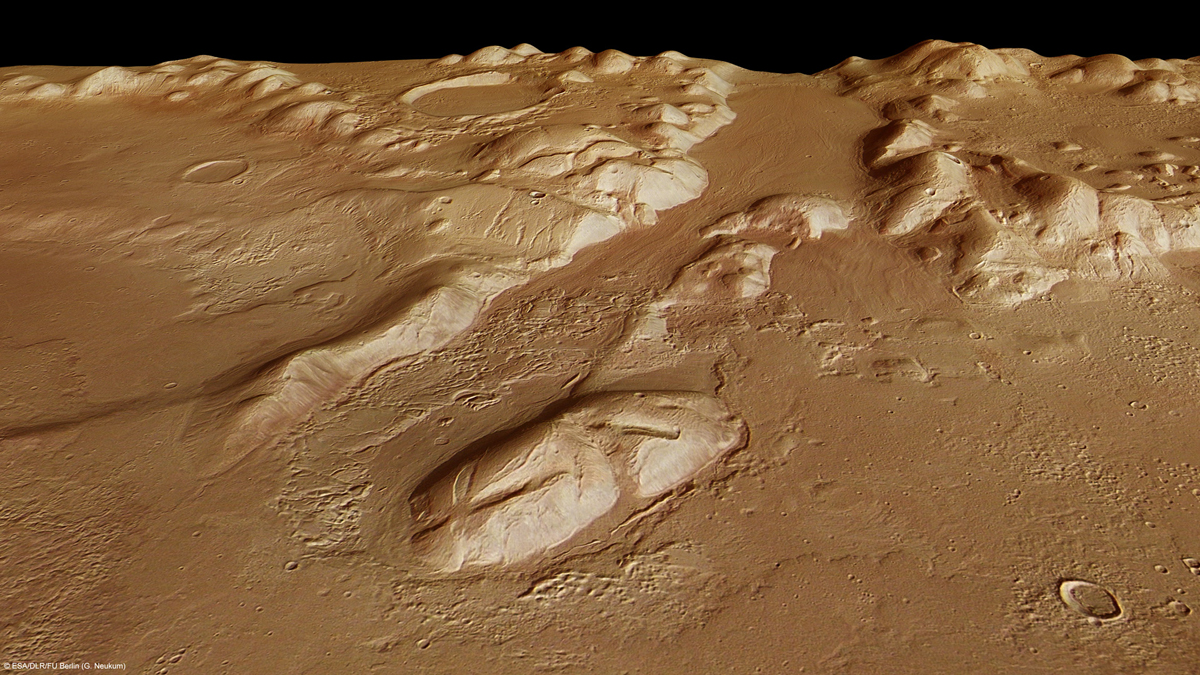
Wednesday, December 7, 2011: The Martian landscape pictured here includes Phlegra Montes, which consists of a range of curving mountains and ridges. These topographic features extend from the northeastern portion of the Elysium volcanic province to the northern lowlands. The High-Resolution Stereo Camera on ESA's Mars Express collected the data for these images on June 1, 2011, which researchers manipulated into this perspective view.
— Tom Chao
Quintet
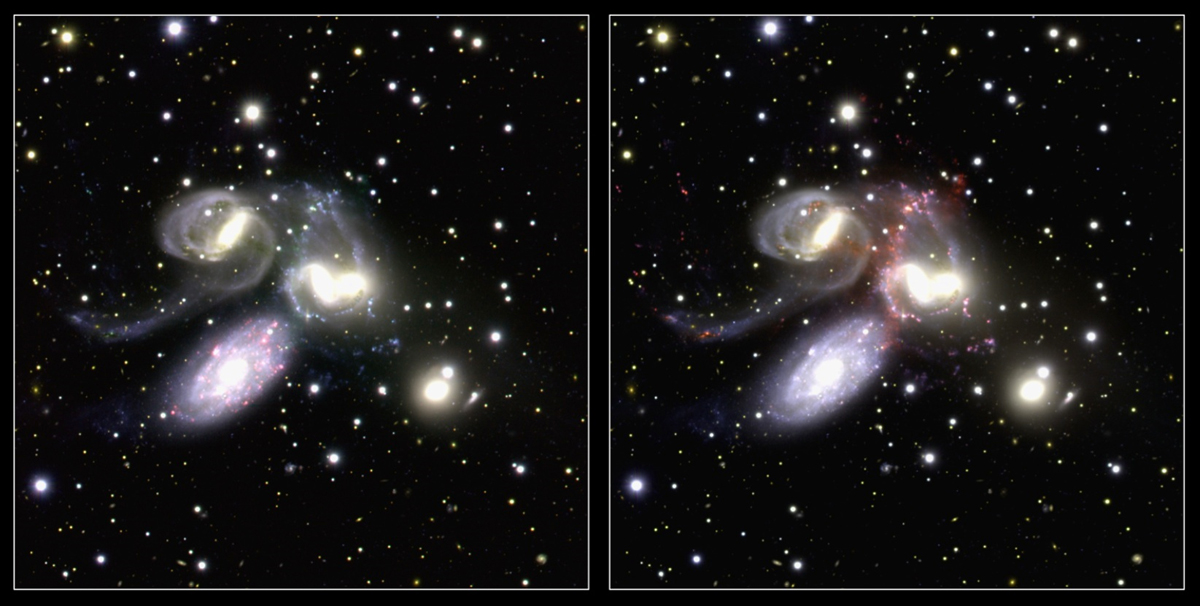
Thursday, December 8, 2011: Stephan's Quintet, in the constellation Pegasus, consists of five galaxies, although one lies closer than the others. Japan's Subaru Telescope shows two views of the grouping using different filters to distinguish the recession velocity of each object, the speed at which the object moves away from the observer. The image on the left shows the galaxies filtered for a recession velocity of 0, while the one on the right shows them filtered for a recession velocity of 4,200 miles per second. The contrasting images show that NGC7320 (lower left) is closer than the other galaxies.
— Tom Chao
Get the Space.com Newsletter
Breaking space news, the latest updates on rocket launches, skywatching events and more!
Break Away
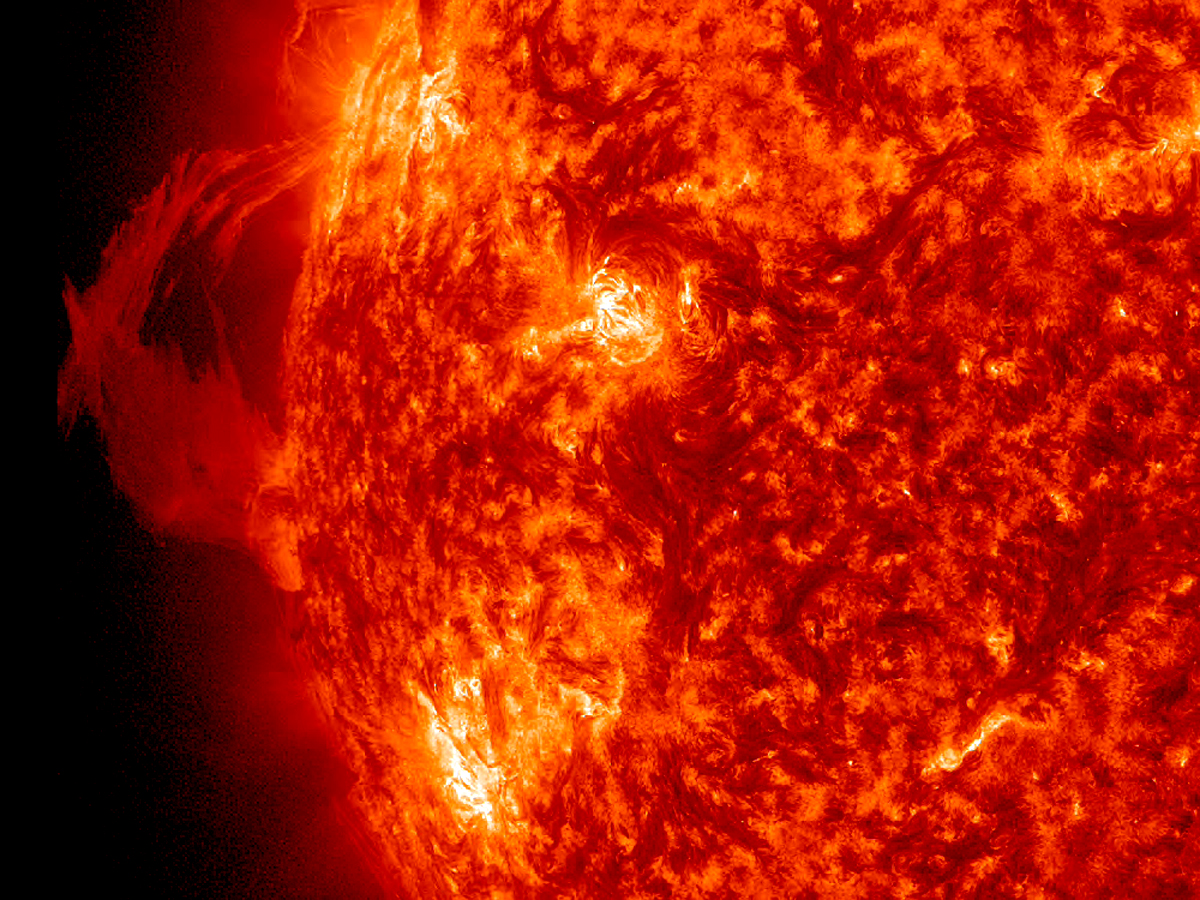
Friday, December 9, 2011: Swirling plasma floated up above the sun, then broke away into space during late November 2011. The Solar Dynamics Observatory shows this material at 90,000 degrees F. near an active region, buffeted and pulled by magnetic forces. Two other active regions appear as lighter areas nearer the center and lower left.
— Tom Chao
Only a Northern Moon
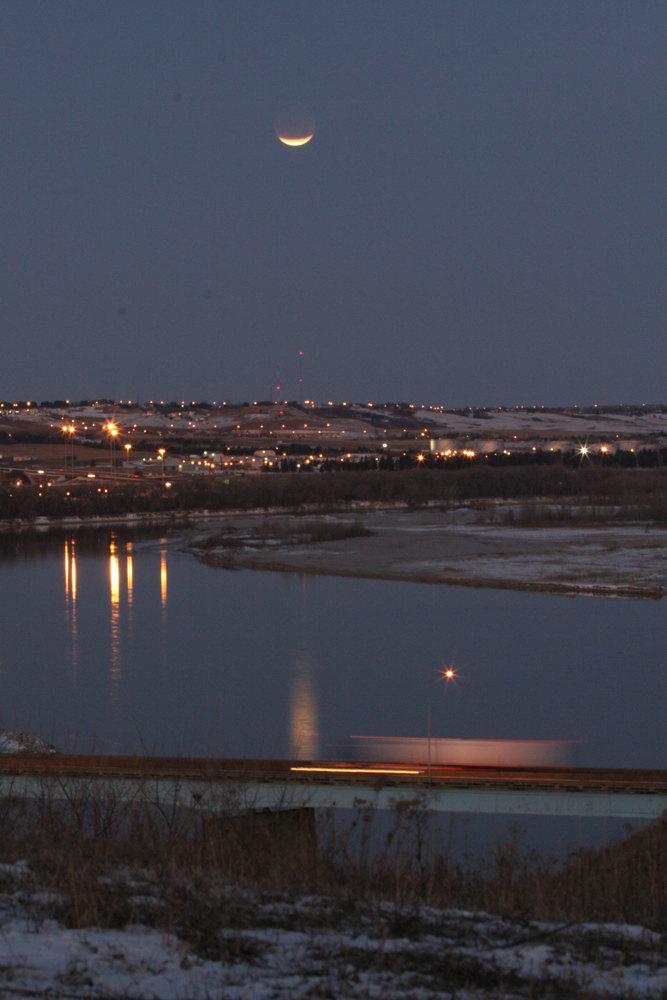
Monday, December 12, 2011: Skywatcher David Clemmons said this is one of the "lunar eclipse photos that I took this morning in Bismarck, North Dakota. We had almost completely clear skies."
— Tom Chao
Into the Clouds
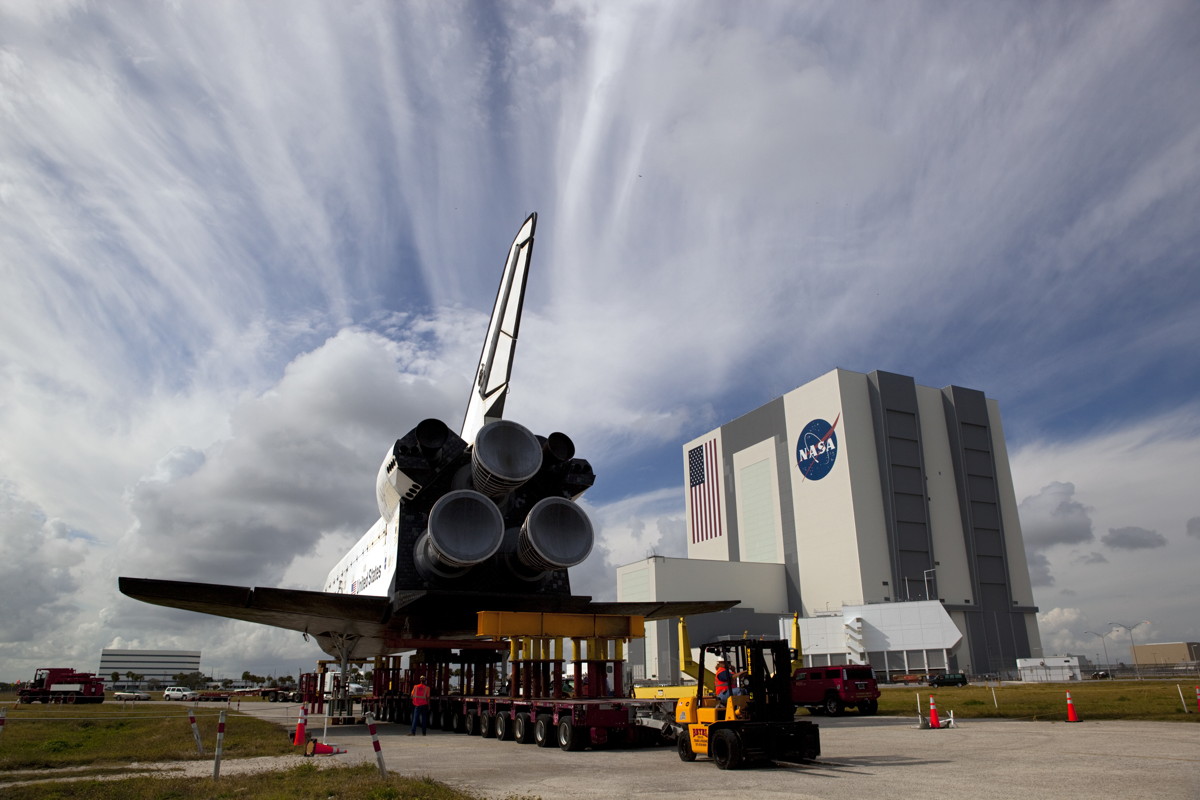
Tuesday, December 13, 2011: Clouds give an unusual impression of radiating from the full-sized high-fidelity space shuttle model formerly displayed at the NASA Kennedy Space Center Visitor Complex in Florida. Workers pull the transporter out from under the model on December 11, 2011, following its delivery to Kennedy's Launch Complex 39 turn basin. The shuttle model made up part of a full-sized display that also included an external tank and two solid rocket boosters. The model will move in a few months' time to Johnson Space Center in Texas, clearing the way for a new facility to display Space Shuttle Atlantis in 2013.
—Tom Chao
Frosty Freeze
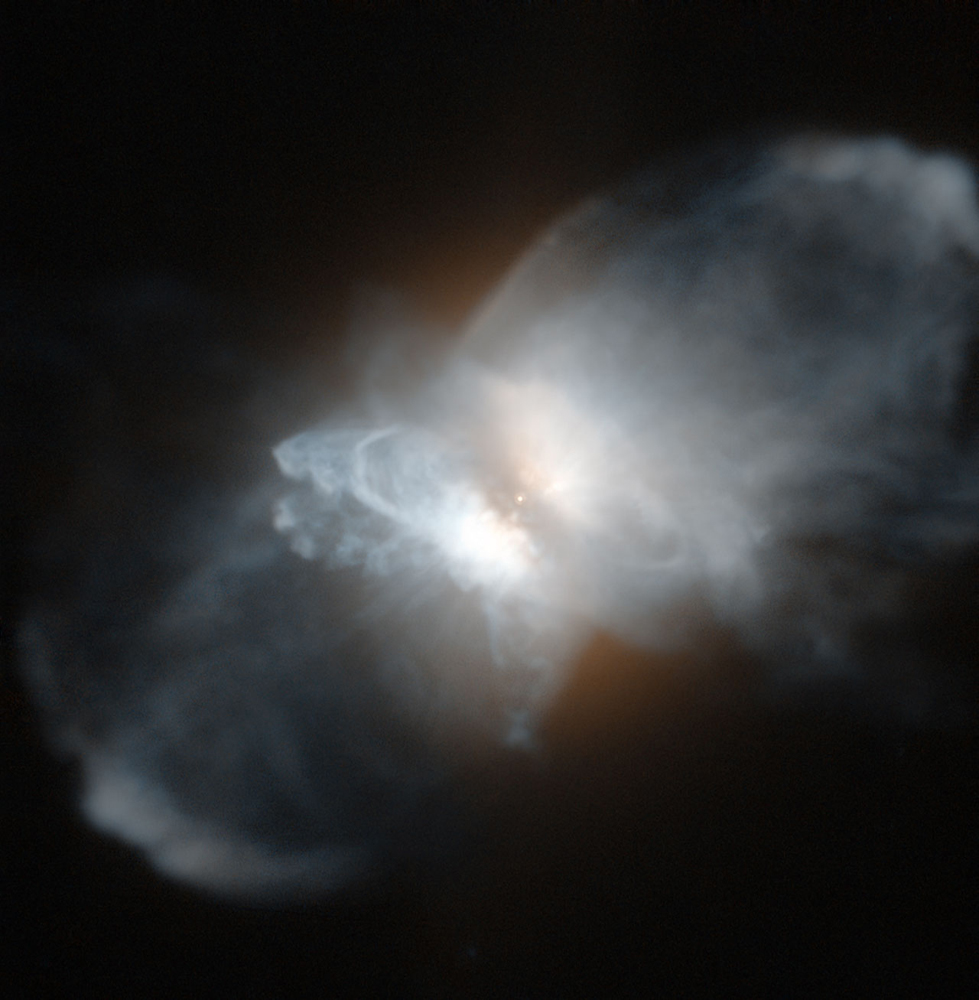
Wednesday, December 14, 2011: The protoplanetary nebula IRAS 09371+1212 garnered the nickname of Frosty Leo Nebula as it is rich in water (ice grains) and lies in the constellation of Leo. Protoplanetary nebulae form as material sheds from their aging central stars (and have nothing to do with planets). This particular nebula formed far from the galactic plane, away from interstellar clouds that would block our view. The structure includes a spherical halo, a disc around the central star, lobes and gigantic loops. Possibly an unseen second star contributes to the shaping of the nebula.
— Tom Chao
Join our Space Forums to keep talking space on the latest missions, night sky and more! And if you have a news tip, correction or comment, let us know at: community@space.com.

Space.com is the premier source of space exploration, innovation and astronomy news, chronicling (and celebrating) humanity's ongoing expansion across the final frontier. Originally founded in 1999, Space.com is, and always has been, the passion of writers and editors who are space fans and also trained journalists. Our current news team consists of Editor-in-Chief Tariq Malik; Editor Hanneke Weitering, Senior Space Writer Mike Wall; Senior Writer Meghan Bartels; Senior Writer Chelsea Gohd, Senior Writer Tereza Pultarova and Staff Writer Alexander Cox, focusing on e-commerce. Senior Producer Steve Spaleta oversees our space videos, with Diana Whitcroft as our Social Media Editor.









